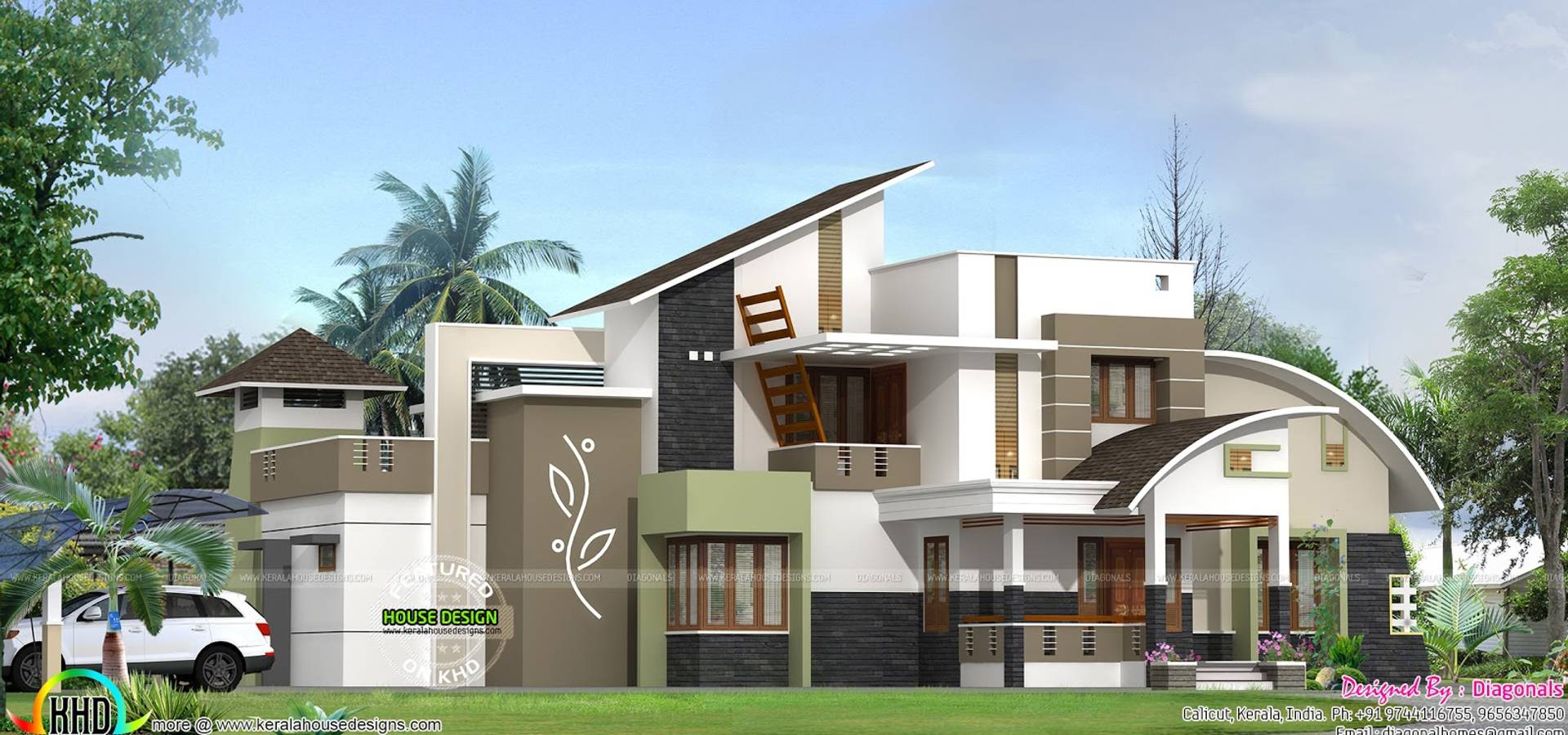

One reason for generating floor plans for a predetermined building exterior is that procedural building generators often only produce the facade of a building without the interior. It’s a difficult problem to automatically render floor plan images based on client specifications. This is, however, a highly technical and sophisticated method that necessitates knowledge, expertise, and time. The use of 3D floor plan rendering technology in interior design meets the psychological needs of people’s indoor living standards, ambiance, and style.įloor plan drawings for a building are an integral and inherent part of a construction project’s early design process. With 3D modeling technology, design principles and concepts that can only be expressed with words can now be visualized by computer software. 3D floor plan rendering is one of the technologies that has gotten a lot of attention in the field of interior design, and it is also the growth path of global interior design in the new era. The fastest and easiest way for us to create these for you is by combing the information from a schematic floor plan with the virtual tour, however, there are other ways to create these depending on how accurate you need them to be.With the rapid advancement of computer graphics, a vast amount of thinking and imagination that can’t be conveyed in words or drawings has been realized now with 3D illustrations. These are somewhere between the schematic floor plan and the ‘doll’s house’ view and are often used by estate agents and home design projects when layout is more important than accuracy. Unlike the 2D Floor Plan above, this example includes perspective which makes it easier to understand the size and layout of a space.

This type of 3D floor plan shows the layout building in 3D and from above.
House design 360 view windows#
This doesn’t provide you with the room dimensions, however, it’s much more engaging for your potential customers – and it looks great in print! This example was for Sash Windows London (Wandsworth High Street): Photographic 3D floor plan 3D floor plan This shows you an aerial 3D view of a property but without the walls or ceiling – a really unique view. Photographic 2D floor plan Photographic 3D floor planĮveryone’s favourite virtual tour view is the photographic 3D view or ‘doll’s house’ view. This version may give you less practical information but gives you much more of a feel for an area. This example uses the captured photographic images to give you a plan view of the floors as they are in real life. Using all the data we collect during the capture of the virtual tour we can produce several different floor plan versions for you. Here is an example of a schematic floor plan we created for an old, Victorian, five-bedroom terraced house (yes, it even works for old buildings when the walls are not 100% straight!): Schematic 2D floor plan Photographic 2D floor plan No need anymore to also hire a second person to visit – we’ll create the virtual tour and schematic floor plan in one visit! ft.) total floor area and are accurate to around 1%. These can be generated for any building with up-to 2,300 m² (25,000 sq. Whilst creating a virtual tour, our 3D camera also measures the inside of a building and we can then generate a schematic floor plan from the data collected. This one is most commonly used by estate agents and letting agents and give a practical, plan view of an area.

The most common type of floor plan – and one that we’re all familiar with – is the schematic floor plan. However, there are lots of different types of floor plan so which one is right for you? Schematic 2D floor plan For example, they’re particularly useful for companies like estate agents, letting agents, hotels, holiday lets, bed & breakfasts, offices, shops, tourist attractions, wedding venues, pubs, bars, factories, & showrooms. Floor plans can be very useful for many businesses where customers visit your premises or when someone would need to orientate themselves within a building or when there are areas you need to draw peoples attention to (such as fire exits or toilets).


 0 kommentar(er)
0 kommentar(er)
